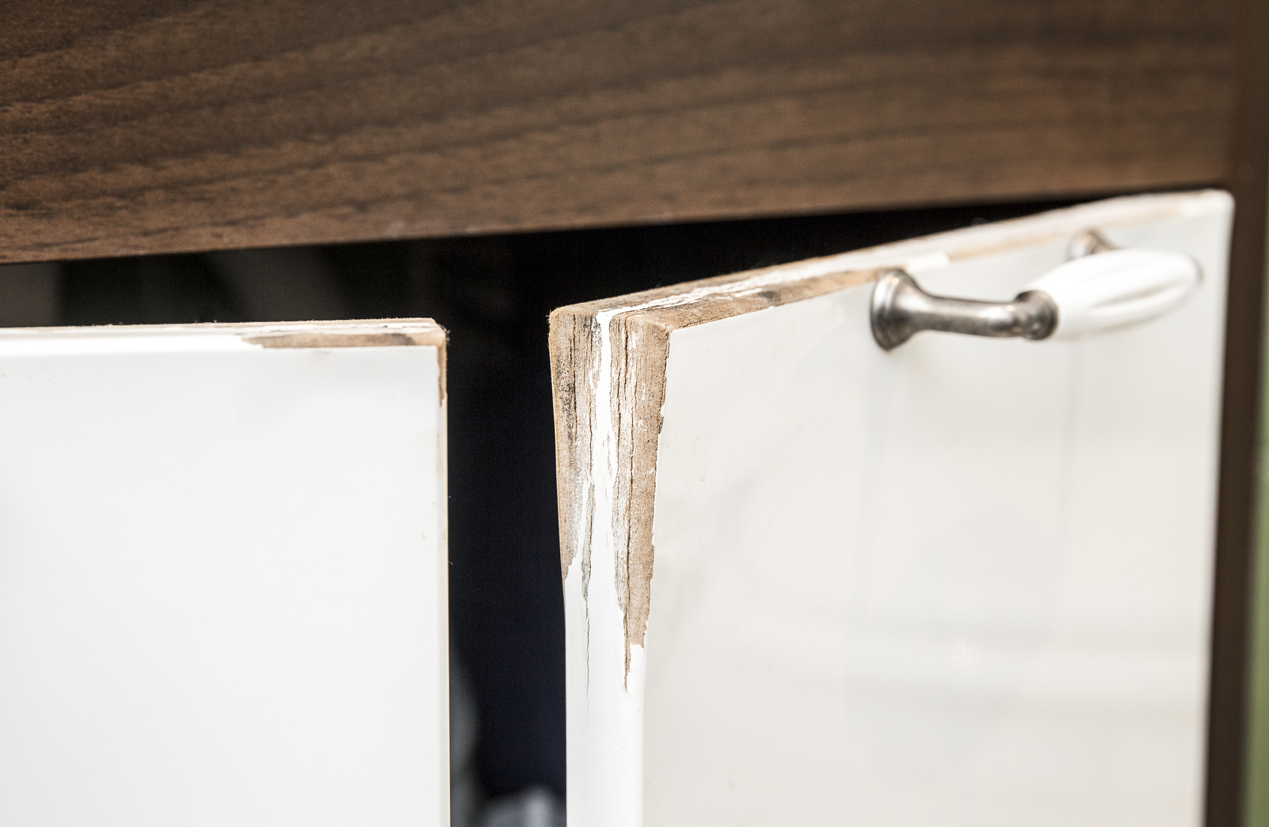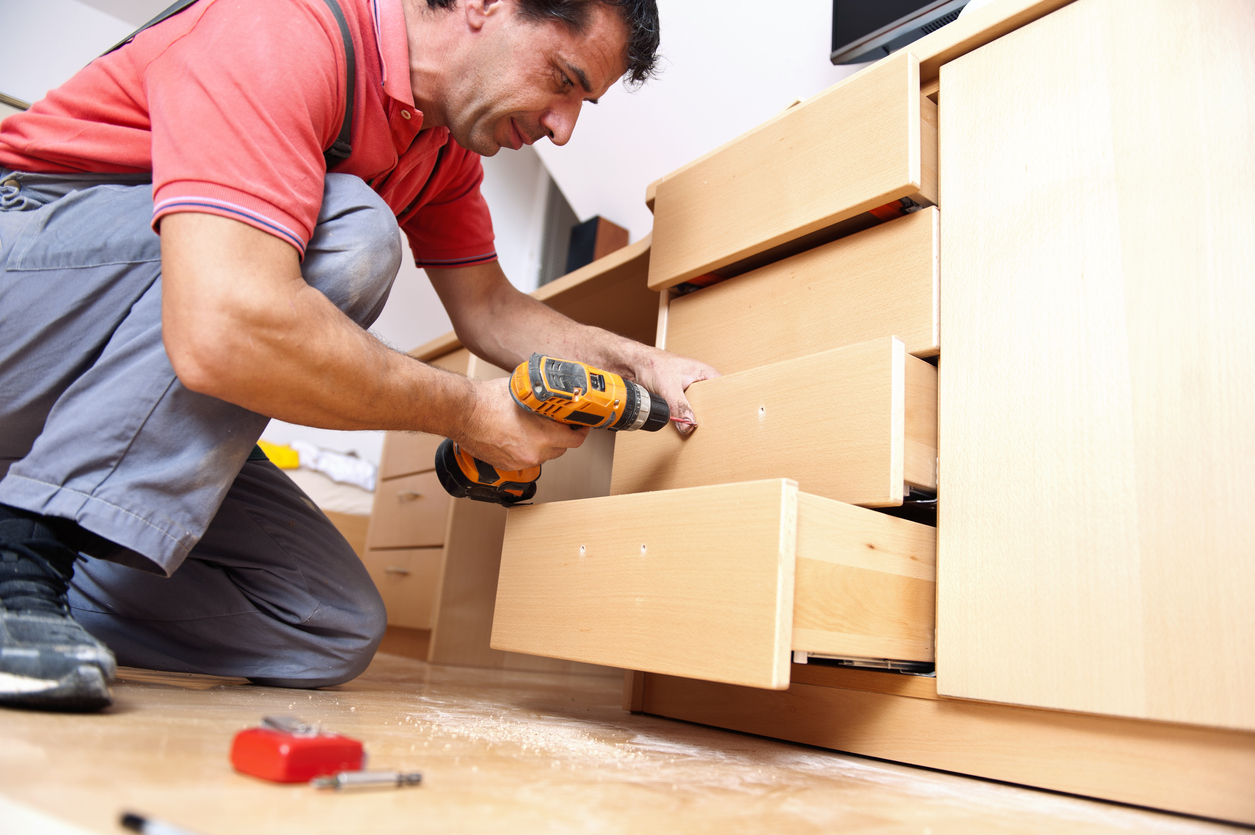Causes of Distressed Kitchen Cabinet Doors

Distressed kitchen cabinet doors, characterized by scratches, dents, chips, and faded finishes, can detract from the overall aesthetic appeal of your kitchen. Understanding the factors that contribute to this distress is crucial for preventing it or addressing it effectively. Several common causes can lead to distressed kitchen cabinet doors, ranging from the materials used to environmental factors and improper care.
Materials Used in Kitchen Cabinets
The type of materials used in kitchen cabinets plays a significant role in their susceptibility to distress. Certain materials are inherently more prone to scratches, dents, and wear and tear than others. For instance,
- Softwood Cabinet Doors: Softwood materials like pine and fir are relatively soft and susceptible to scratches and dents. They are also prone to warping and moisture damage, which can lead to further distress.
- Painted Cabinet Doors: While painted cabinet doors can provide a durable finish, they can be susceptible to chipping and scratches, especially if the paint is thin or poorly applied.
- Laminate Cabinet Doors: Laminate surfaces are generally durable, but they can be prone to scratches and chips, particularly on high-traffic areas like cabinet doors.
Impact of Environmental Factors, Distressed kitchen cabinet doors
Environmental factors can also contribute to distress in kitchen cabinet doors.
- Sunlight Exposure: Prolonged exposure to direct sunlight can cause fading and discoloration of cabinet door finishes, especially those with lighter colors or delicate stains.
- High Humidity: High humidity levels can lead to warping, swelling, and even mold growth on cabinet doors, especially those made of wood.
- Temperature Fluctuations: Extreme temperature fluctuations, particularly those caused by sudden changes in heating or cooling, can cause cabinet doors to expand and contract, leading to warping and cracking.
Role of Improper Care and Maintenance
Improper care and maintenance can significantly accelerate the distress of kitchen cabinet doors.
- Harsh Cleaning Agents: Using harsh cleaning agents or abrasive cleaners can damage the finish of cabinet doors, leading to scratches and dullness.
- Lack of Regular Cleaning: Neglecting to clean cabinet doors regularly can allow dirt, grime, and spills to accumulate, which can lead to staining and damage over time.
- Improper Handling: Rough handling of cabinet doors, such as slamming them shut or using excessive force when opening them, can cause dents and scratches.
Types of Distress in Kitchen Cabinet Doors

Distressed kitchen cabinet doors are a popular design choice, adding a touch of rustic charm and character to any kitchen. However, understanding the different types of distress is essential to achieving the desired look and ensuring that the doors remain functional. This section will delve into the various types of distress commonly found in kitchen cabinet doors, providing detailed descriptions and categorizing them based on their severity and impact on functionality.
Types of Distress in Kitchen Cabinet Doors
Distress in kitchen cabinet doors can be categorized into three main types:
- Surface Distress: This type of distress involves changes to the surface of the cabinet door, such as scratches, dents, and paint chips. It is generally the least severe type of distress and can often be easily repaired or left as a design element.
- Edge Distress: This type of distress affects the edges of the cabinet door, often involving chipping, wear, or roughening. It can be more noticeable than surface distress and may require more effort to repair.
- Structural Distress: This type of distress involves damage to the structure of the cabinet door, such as cracks, warping, or delamination. It is the most severe type of distress and can significantly impact the functionality of the cabinet door.
Surface Distress
Surface distress is the most common type of distress found in kitchen cabinet doors. It is characterized by changes to the surface of the door, such as:
- Scratches: These are shallow grooves on the surface of the door, often caused by dragging objects across the surface or by the use of sharp objects.
- Dents: These are indentations in the surface of the door, often caused by impacts from heavy objects or by improper handling.
- Paint Chips: These are small pieces of paint that have been chipped away from the surface of the door, often caused by abrasion or impact.
Surface distress is generally considered to be the least severe type of distress, as it does not significantly affect the functionality of the cabinet door. In fact, it is often used as a design element to create a rustic or vintage look.
Edge Distress
Edge distress affects the edges of the cabinet doors, often involving chipping, wear, or roughening. It is more noticeable than surface distress and may require more effort to repair. This type of distress can be caused by various factors, including:
- Impact: Impacts from heavy objects or improper handling can chip or damage the edges of the cabinet door.
- Wear and Tear: Over time, the edges of cabinet doors can become worn and roughened from constant use and exposure to moisture.
- Improper Installation: Improper installation can cause the edges of the cabinet door to become damaged or misaligned.
Structural Distress
Structural distress is the most severe type of distress and involves damage to the structure of the cabinet door. This type of distress can significantly impact the functionality of the cabinet door and may require professional repair or replacement. Common examples of structural distress include:
- Cracks: These are breaks in the wood or other material that makes up the cabinet door, often caused by impact or stress.
- Warping: This occurs when the wood or other material that makes up the cabinet door bends or distorts, often caused by moisture exposure or temperature changes.
- Delamination: This occurs when the layers of wood or other material that make up the cabinet door separate from each other, often caused by moisture exposure or age.
Structural distress can be difficult to repair and may require professional assistance. In some cases, it may be necessary to replace the cabinet door entirely.
Table of Distress Types and Causes
The following table summarizes the different types of distress in kitchen cabinet doors and their associated causes:
| Distress Type | Description | Causes | Surface Distress | Changes to the surface of the cabinet door, such as scratches, dents, and paint chips. | Dragging objects across the surface, use of sharp objects, impacts from heavy objects, improper handling. | Edge Distress | Damage to the edges of the cabinet door, such as chipping, wear, or roughening. | Impacts from heavy objects, improper handling, wear and tear from constant use, moisture exposure, improper installation. | Structural Distress | Damage to the structure of the cabinet door, such as cracks, warping, or delamination. | Impact, stress, moisture exposure, temperature changes, age. |
|---|
Solutions for Distressed Kitchen Cabinet Doors

Distressed kitchen cabinet doors can be a common problem, but they don’t have to be a permanent eyesore. With a little time and effort, you can restore your cabinets to their former glory and even enhance their appearance. There are various repair and restoration techniques available, each with its own advantages and disadvantages.
Repairing Distressed Kitchen Cabinet Doors
The first step in repairing distressed kitchen cabinet doors is to assess the damage. This will help you determine the best course of action. If the damage is minor, you may be able to repair it yourself. However, if the damage is more extensive, it may be necessary to hire a professional.
- Filling Cracks and Holes: Small cracks and holes can be filled with wood filler. Apply the filler with a putty knife, ensuring it’s smooth and level with the surface. Allow it to dry completely before sanding it down to a smooth finish.
- Replacing Damaged Doors: For more significant damage, replacing the entire door might be the best solution. You can purchase replacement doors that match your existing cabinets or choose a new style to refresh your kitchen.
- Repairing Loose Hinges: Loose hinges can be tightened with a screwdriver. If the screws are stripped, you can use a slightly larger screw or replace the hinges entirely.
Refinishing Distressed Kitchen Cabinet Doors
Refinishing kitchen cabinet doors is a great way to revitalize their appearance and hide minor imperfections. It involves removing the old finish and applying a new one.
Step-by-Step Guide to Refinishing Distressed Kitchen Cabinet Doors
- Prepare the Doors: Remove the doors from the cabinets and clean them thoroughly with a degreaser. Use sandpaper to smooth out any rough edges or imperfections.
- Strip the Old Finish: Use a chemical stripper to remove the old finish. Follow the manufacturer’s instructions carefully.
- Sand the Doors: After stripping, sand the doors with progressively finer grits of sandpaper. This will create a smooth surface for the new finish.
- Prime the Doors: Apply a primer to the doors, ensuring even coverage. Allow it to dry completely before proceeding.
- Paint or Stain the Doors: Choose your desired finish – paint or stain. Apply it in thin coats, allowing each coat to dry completely before applying the next.
- Apply a Topcoat: Finish with a clear topcoat to protect the new finish and enhance its durability.
- Reinstall the Doors: Once the finish is completely dry, reinstall the doors on the cabinets.
Preventing Future Distress in Kitchen Cabinet Doors
By taking preventative measures, you can minimize the risk of your kitchen cabinet doors becoming distressed in the future.
- Avoid Harsh Chemicals: Using harsh cleaning chemicals can damage the finish of your cabinet doors. Opt for mild, non-abrasive cleaners.
- Protect from Moisture: Moisture can cause warping and damage to cabinet doors. Ensure proper ventilation in your kitchen and avoid letting water sit on the doors.
- Avoid Overloading: Overloading cabinets can put stress on the doors and hinges. Distribute the weight evenly and avoid placing heavy items on the doors.
Advantages and Disadvantages of Repair Options
- Repairing with Wood Filler:
- Advantages: Cost-effective, quick and easy to apply.
- Disadvantages: May not be suitable for large cracks or holes, can be noticeable if not applied correctly.
- Replacing Damaged Doors:
- Advantages: Provides a complete solution for significant damage, can enhance the look of your kitchen.
- Disadvantages: Can be expensive, may require professional installation.
- Refinishing:
- Advantages: Can transform the look of your cabinets, hides minor imperfections.
- Disadvantages: Can be time-consuming, requires careful preparation and application.
Distressed kitchen cabinet doors are so on trend right now, but you know what’s even more important? Getting the right colour for your bedroom. Take this bedroom paint color quiz and find your perfect hue. Once you’ve sorted your bedroom, you can go all out on those distressed kitchen cabinets.
They’ll look banging, trust me!
Distressed kitchen cabinet doors are like, totally in right now, you know? They add a bit of vintage charm to any space, which is why I’m thinking of using them to give my kitchen a bit of a makeover. But I also reckon I could use the same vibe for my master bedroom – master bedroom decor rustic is all about that cosy, lived-in feel.
Maybe I’ll try using distressed wood for my headboard or something. I reckon it would look ace!
